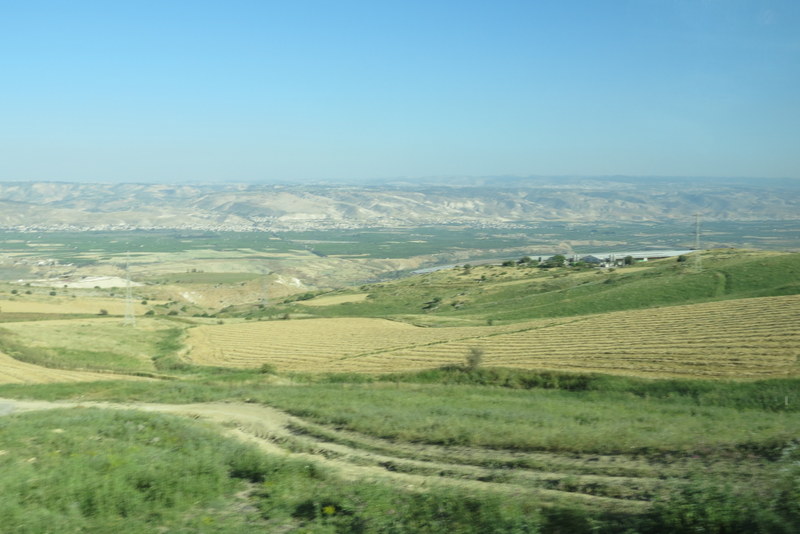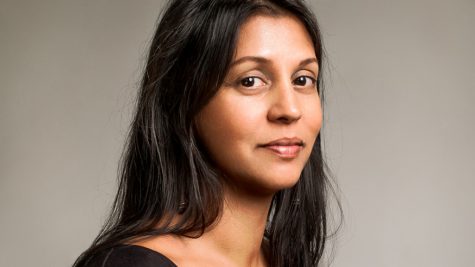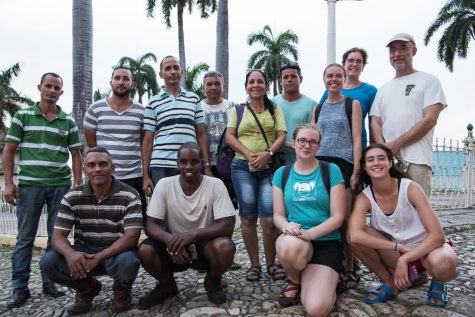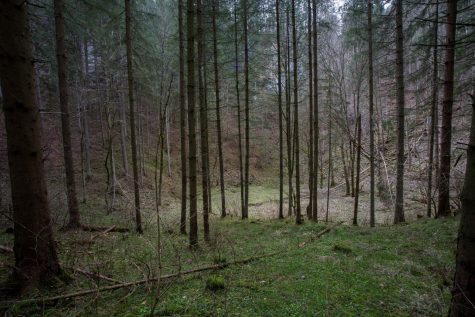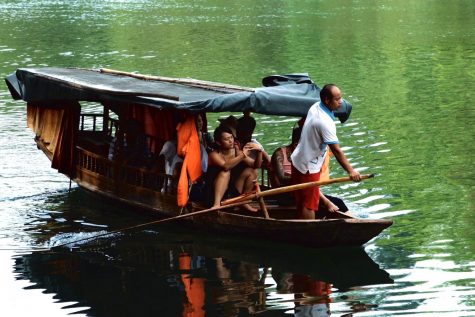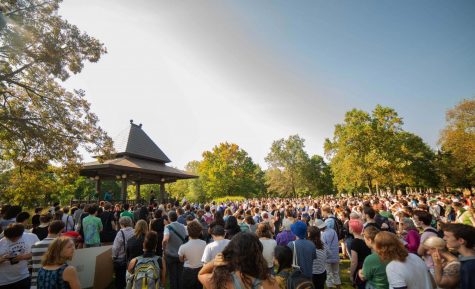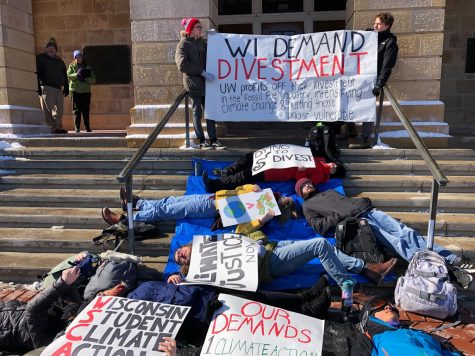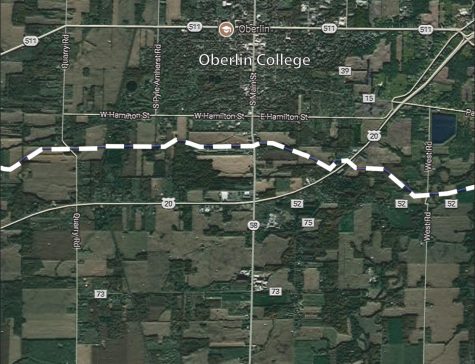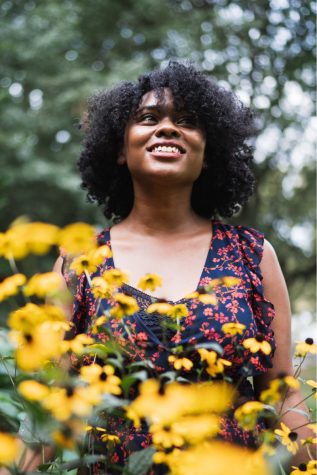Environmental Peacebuilding in the Middle East
The Jordan River Valley.
When Jordanian General Mansour Abu Rashid was a soldier in the Arab-Israeli wars, he never thought that one day he would help bring peace to the valley between Jordan and Israel. General Mansour, who was involved in the Jordan-Israel Peace Treaty of 1994, has been working toward peaceful cooperation with Israel for decades. The signing of these treaties opened a space for peacebuilding opportunities and environmental collaboration. It was from the pairing of these two fields that environmental peacebuilding arose in the Middle East — the topic of my Honors thesis in environmental studies.
In the Jordan River Valley between Israel, Palestine, and Jordan work three environmental peacebuilding organizations, all of which were founded directly after the Oslo Accords — peace treaties signed between Palestine and Israel in the early 1990s — and the Israel-Jordan Peace Treaty of 1994. At the turn of the 21st century, General Mansour founded the Amman Center for Peace and Development, a non-governmental organization dedicated to promoting ecological cooperation between Jordan and other countries. The ACPD’s main project uses barn owls and kestrels as natural rodenticides in the fields of the Jordan River Valley, which sits on the borders of Israel, Jordan, and Palestine. Through ACPD, valley residents are brought into the same room for collaborative workshopping, where they are able to have discussions that do not revolve around the conflicts between these countries.
Water scarcity and conservation are of the utmost importance to the farmers in the area, as they depend almost entirely on rainwater and dwindling aquifers. Through these programs, participants can air concerns about water pollution and jointly decide how to save what water they do have at their disposal. In the context of ACPD’s work, this process generally involves learning about the owls and building wooden boxes to house them as a group. By providing homes for the birds, farmers can cut down on chemical rodenticides and protect their shared waters.
General Mansour visited Oberlin in the fall of 2018 as part of a speaking tour sponsored by the Jewish Federation of Cleveland. It was at this talk that I first learned about environmental peacebuilding, which sparked my interest in the subject. After further research, I discovered EcoPeace Middle East and the Arava Institute for Environmental Studies — two other major groups practicing environmental peacebuilding within the Jordan River Valley. Together, these three groups attempt to bring people together around shared resources.
Founded in 1994, EcoPeace Middle East is similar to ACPD, except it functions on a much larger scale. EcoPeace operates in Palestine, Israel, and Jordan, whereas ACPD works solely out of Jordan in cooperation with Israeli groups. EcoPeace matches communities across borders, hoping that their resource interdependencies and similarities will serve to cultivate trust between the disparate groups. In a moment of great success for EcoPeace, mayors from Jordanian, Israeli, and Palestinian towns jumped into the river together to symbolize mutual guardianship of its waters.
The Arava Institute for Environmental Studies is located deep in the Negev Desert, along the border of Israel and Jordan. The Arava Institute hosts a semester-long study program that brings students from Palestine, Israel, Jordan, and the rest of the world together to study environmental issues on a kibbutz — essentially, a cooperative Jewish farm where people live and work. Aside from classes focused on water issues in the area, the required Peace-building Leadership Seminar allows students to discuss grievances with the assistance of trained moderators. These classes, while often quite intense, are considered by students one of the most important parts of the educational system at the Arava Institute.
These three institutions are the main players in environmental peacebuilding in the Jordan River Valley. Over the last few months, I have had the opportunity to interview 16 people, from students to executives, who have been involved with these three organizations. These interviews have shed light on the challenges of working with nonprofit groups like these, as well as the successes and emotional moments shared among members of these communities.
At the moment, international and domestic politics have dampened environmental peacebuilding in the region. The rise of right-wing parties and politicians in all three countries has led to shame and fear associated with cooperation, pushing many away from these organizations. Many interviewees commented on their recent “quiet” activities that keep the organizations alive. One interviewee summarized their existing projects as the foundation for a prospective future peace, one which will need brave governmental support to flourish.
The number-one challenge these organizations face, aside from the political atmosphere, is lack of funding. These institutions could not survive without resources from Europe and the United States. Given the escalation of violence around the border, international parties have increasingly withdrawn support from peace projects operating out of the Middle East. Donations have dwindled. Consequently, the activities of these institutions are shrinking.
ACPD, EcoPeace, and the Arava Institute meet many challenges in their day-to-day work. And yet these organizations and their employees continue to carry on, attempting to create peace in a space where many have claimed it will never come. What will it take to build peace in the Middle East? ACPD, EcoPeace, and the Arava Institute have made it pretty clear: continued involvement and the support of people-to-people programs like theirs. However, with many obstacles standing in their way, whether these organizations will survive the changing times remains uncertain.


